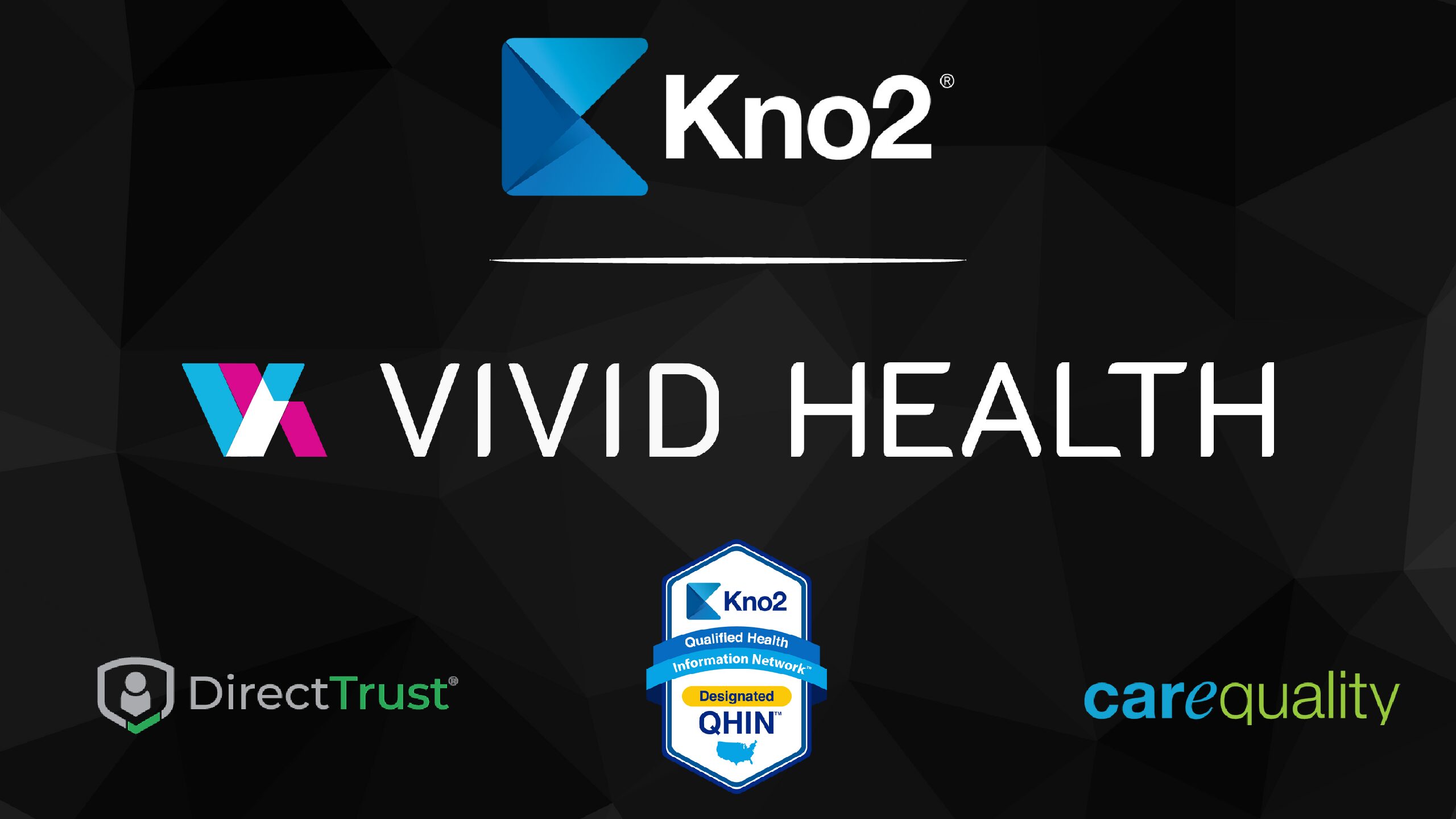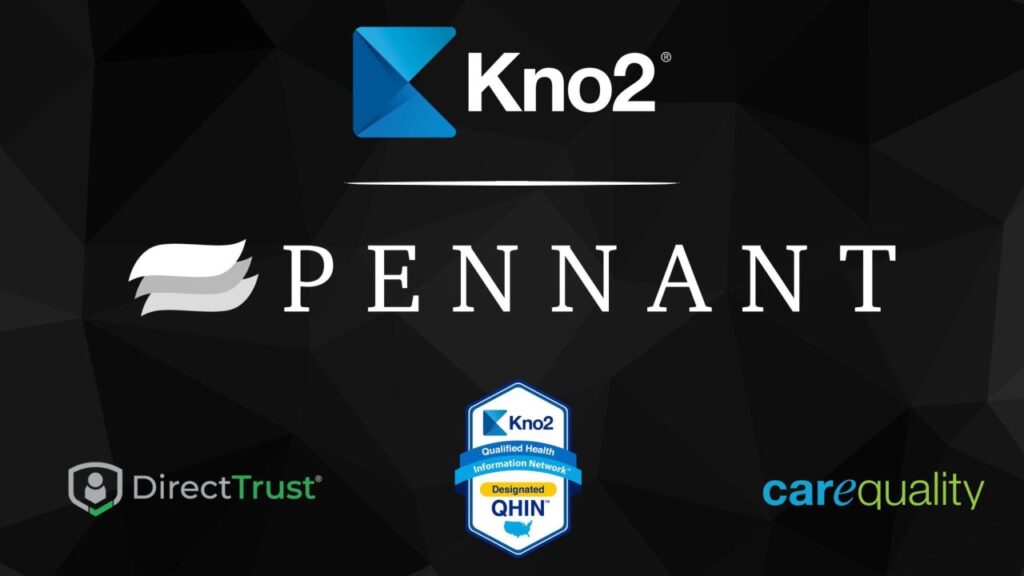There are honestly more acronyms and capital-lettered healthcare IT initiatives out there than any sane person can keep up with…and we say this of our own industry. One of the biggest challenges we’ve seen with getting real traction to take place in terms of interoperability and, more importantly, actually impacting outcomes and care delivery via technology, is the sheer volume of competing efforts. Everyone means well, but at some point the complexity and volume create really unpleasant white noise that precludes providers and health system executives from really digging into viable options to move the needle. And this is exactly why the 360X protocol for closed loop referrals and transfers of care is worth knowing and giving your attention.
The Great News: 360X Isn’t Another Product
First, what isn’t this thing? It’s NOT a product. (And all the angels rejoiced!) What we don’t need is one more production or solution put up on a pedestal with the promise to make care transitions and referral management easy-peasy lemon squeezy. (I think we’re all wise enough now to know that those lemons are better used on margaritas.) What makes Kno2 not only really excited about the promise of the 360X protocol – which is essentially a set of widely-available and inexpensive specifications to create an electronic cycle for managing referrals, regardless of EHR vendor or having an EHR at all – but also encouraged us to step into the ring as an early adopter of closed loop referral profile (which is one of several use cases underway), it that it aligns perfectly with our core strategy to improve healthcare.
According to the ONC Project Tracking page for the 360X project, “360X requires only ubiquitously adopted technology standards, therefore, represents a relatively low bar for EHR development and implementation. It is important to note that the 360X specifications are freely available and are themselves not a product.” (Pro Tip: No one needs to sell you 360X. But you can leverage partners like Kno2 to enable 360X functionality for your hospital, health system, or practice.) Like our CTO Therasa Bell has said in many interviews, we (healthcare IT vendors) need to capitalize on the “train tracks” already in place by the millions of dollars spent in the name of interoperability over the last several decades. 360X is brilliant in that it bases the approach on technology widely in use, but also easily accessible for those provider types who haven’t yet benefited from incentives.
What Closed Loop Referrals Mean for Patients And Providers
We’ve talked a lot about us thus far. (The collective us, that is, as vendors and technologists.) Let’s shift the focus back to where it belongs: on the patients and providers. Recently we’ve shared the difficulties that underserved sectors like Home Health are experiencing post-pandemic, as well as the struggles faced by administrative healthcare staff in absence of decent communication tools. Nowhere are these two aspects more poignantly evident than in the referral experience.
I don’t know about you, but I was shocked to learn that 25-50% of referring physicians don’t know if their patients saw the specialists to which they were referred. It’s not that they didn’t get the data…they literally didn’t even know. This is mind blowing. And we absolutely can’t blame busy physicians, nor their heavily burdened staff, for not being able to keep up. Given that 1 in 3 patients is referred to specialists per year, the odds are so not in their favor.
Kno2 applauds the elevation of Direct Secure Messaging as part of the 360X “toolbox,” if you will, given how easily it can be implemented into practices to automate and electronically transform referral management – from request to record. Offering seamless functionality to support the 360X referral use case via Kno2fy is one way our clients in the post-acute sector have been able to participate in all the efficiencies and sanity-bringing opportunities available with this protocol. Not only can referral requests be responded to for prompt patient appointment scheduling (which is a vital point in the whole process), but records can be shared for greater transparency, accuracy, and true continuity of care.
The “closed loop” aspect of this experience is that the patient can be tracked and managed each step of the way (from one specialist to twelve), and the subsequent encounters continue to be available electronically to the care team via whatever method makes sense, be it EHR or a Direct inbox in the browser.
We’re excited to see more providers and healthcare IT vendors embrace the 360X closed loop referral protocol, and certainly hope that the industry is paying attention to how better communication tools to support patient care can be swiftly implemented with a little creativity and a strong focus on the point-of-care experience.






